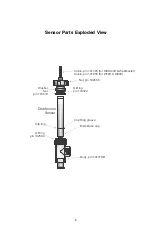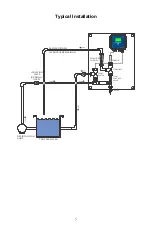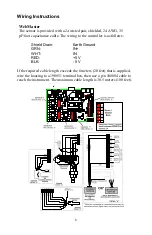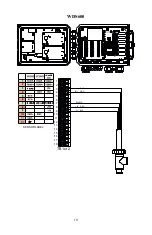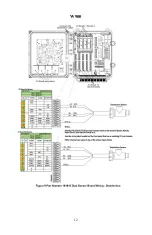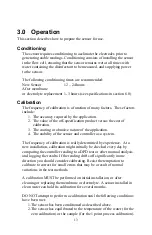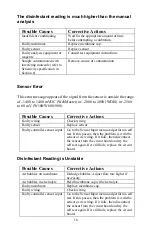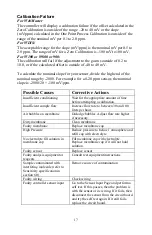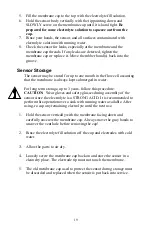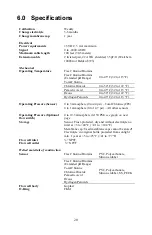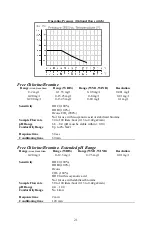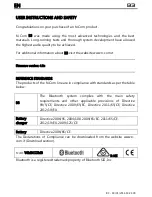
19
5.
Fill the membrane cap to the top with the electrolyte fill solution.
6.
Hold the sensor body vertically with the tip pointing down and
SLOWLY screw on the membrane cap until it is hand tight.
Be
prepared for some electrolyte solution to squeeze out from the
cap.
7.
Rinse your hands, the sensor, and all surfaces contaminated with
electrolyte solution with running water.
8.
Check the sensor for leaks, especially at the membrane and the
membrane cap threads. If any leaks are detected, tighten the
membrane cap or replace it. Move the rubber band(s) back into the
groove.
Sensor Storage
The sensor may be stored for up to one month in the flow cell assuming
that the membrane is always kept submerged in water.
For long term storage, up to 3 years, follow this procedure:
CAUTION:
Wear gloves and safety glasses during assembly of the
sensor since the electrolyte is a STRONG ACID. It is recommended to
perform this operation over a sink with running water available. After
using, re-cap any remaining electrolyte until the next use.
1.
Hold the sensor vertically with the membrane facing down and
carefully unscrew the membrane cap. Always move the gray bands to
uncover the vent hole before removing the cap!
2.
Rinse the electrolyte fill solution off the cap and electrodes with cold
water.
3.
Allow the parts to air dry.
4.
Loosely screw the membrane cap back on and store the sensor in a
clean dry place. The electrode tip must not touch the membrane.
5.
The old membrane cap used to protect the sensor during storage must
be discarded and replaced when the sensor is put back into service.


